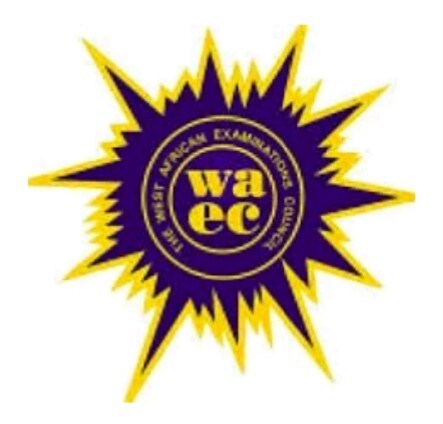Preparing for the Store Management examination is crucial for aspiring candidates looking to demonstrate their knowledge and skills in store management, customer satisfaction, and entrepreneurial abilities.
This blog post serves as a simplified guide to help you understand the topics to focus on and the recommended textbooks by the West African Examination Council (WAEC).
Aim and Objectives:
The primary aim of the Store Management examination is to assess candidates’ understanding of the fundamentals of running a store and their entrepreneurial skills.
The objectives include evaluating candidates’ comprehension of concepts related to wholesaling and retailing, basic business documents, financial management, stock control, and business risk management.
Scheme of the Examination:
The Store Management examination consists of two papers, Paper 1 and Paper 2, which are combined into a composite paper and taken in a single sitting.
Paper 1: This section comprises fifty multiple-choice questions to be answered within one hour, carrying a total of 50 marks.
Paper 2: Candidates will face seven essay questions, out of which they must answer any five within two hours, accounting for 100 marks.
Detailed Syllabus:
- Introduction to Store Management:
- Meaning, importance, functions, and characteristics of a store manager.
- Customer services, including pre-sale and after-sale services.
- Concepts of Retailing and Wholesaling:
- Retailing: Definition and functions of a retailer.
- Wholesaling: Definition and functions of a wholesaler.
- Warehousing: Meaning, types, and importance of warehousing.
- Transportation: Definition, means of transportation, and factors influencing transport choice.
- Stock Control:
- Introduction to Stock Control: Meaning and importance.
- Types of stock records: Stock list, Bin card/Store Card, Store requisition form, and Delivery notes.
- Methods of Stock Control: Manual (periodic, perpetual, and annual stocktaking) and computerized methods.
- Issuing of stock: FIFO (First In, First Out) and LIFO (Last In, First Out).
- Pricing: Definition and types of pricing.
- Organizational Policy:
- Organizational Policy: Definition, employment policy, decision-making, customer service, and public relations.
- Organizational Standards: Definition, productivity standards, and customer satisfaction standards.
- Organizational Culture: Definition, organizational attitudes, relationships, and dress code.
- Business Communication:
- Overview of Communication: Definition, types (oral, written, and non-verbal), and business documents.
- Electronic Communication: Definition, means of communication (fax, telephone, email, radio messages), and word processing.
- Business Law:
- Overview of Basic Business Law: Definition.
- Law of Contract: Elements of contract and rights and obligations of employers and employees.
- Agency: Definition, types of agents, creation of agency, and rights and obligations of principals/agents.
- Sale of Goods Act: Contract of sale and formalities of sale.
- Government Regulation of Business: Patent right, copyright, trademark, health and safety regulations, consumer protection agency, and licenses.
- Government Regulatory Agencies: NAFDAC, NDLEA, SON.
- Record Keeping:
- Documentation: Definition of filing and indexing, rules of filing, and filing and indexing methods.
- Source Document: Meaning and types (invoices, receipts, cheques, vouchers).
- Trade Documents: Documents used in foreign and home trade.
- Book Keeping:
- Subsidiary Books: Meaning, types, and uses (purchase and sales daybooks, returns outward/inward books, cash books).
- Imprest System: Definition, preparation of petty cash book.
- Final Accounts: Definition, purpose, simple trading, profit and loss account, and balance sheet.
- Sales/Turnover: Meaning and calculation of the rate of sales turnover.
- Risk Management:
- Risk Management: Definition, methods of risk management, and sound management practices.
- Reduction of Risks: Optimum stock level, hedging, and risk transfer through insurance.
- Handling Finances of the Store:
- Investments: Meaning, capital investment (investment in the capital market, functions of the stock exchange, advantages of shareholding), money market instruments (treasury bills, commercial papers, bonds).
- Taxation: Meaning, importance, and types of tax (income tax, import duties, excise duties, VAT).
Conclusion
Studying the Store Management syllabus is essential for effective exam preparation.
It provides a roadmap for the topics to focus on and helps candidates understand the key concepts in store management, customer satisfaction, and entrepreneurial skills.
By using this syllabus as a guide and referring to the recommended textbooks, candidates can equip themselves with the necessary knowledge and tools to succeed in the WAEC Store Management examination.






